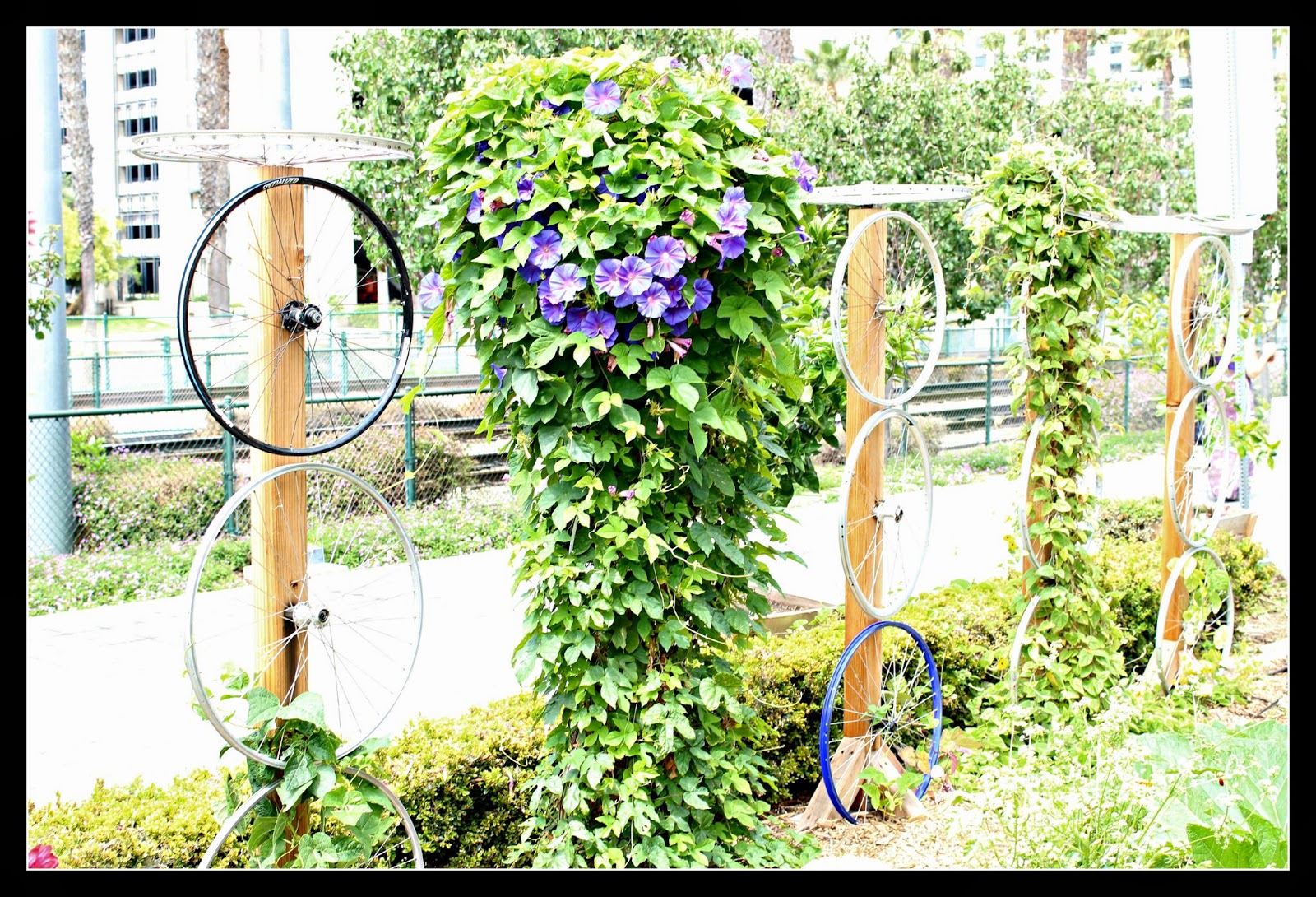Gardens are a great American past time that not only
fosters healthier living but allows for an outlet for interest that offers
dividends to the caretakers. In urban areas gardens can be difficult to foster
and find. When done well they provide a level of improvement to the local
atmosphere and create a community action outlet.
The small urban garden I had the good fortune to
experience was located inside the ML King Promanade Park near the Harbor Club
Homeowners Association. It is a small garden as a place to sit for moment and
ponder nature. You probably wouldn’t even notice it except for the peculiar
landscape.
Urban gardens have a whole host of benefits that
include land preservation, community participation, ownership, and proper use
of space (Eizenburg, 2012). As a tool urban gardens draw attention to more
productive land use where community members engage in shared projects.
Let us take an example of a few hundred square feet
sitting vacant between buildings. This land could be poorly maintained by
cities with stretched budgets and collect garbage from careless polluters. As a
garden it potentially can be used to improve the landscape and draw community
members together while reducing city budgets.
It has the potential to connect people to nature and
the food supply chain. In large cities children may have grown up not knowing
where their food comes from and how it is grown. Having a community garden
gives them a chance to understand how to cultivate the land and help them
connect with other community members.
Gardens offer a better way of managing vacated land
and those nooks and crannies found between buildings. Those who see the gardens
may appreciate the aesthetic beauty but are likewise prompted to the idea that
this is a community that is actively engaged. With any luck it can improve the
neighborhoods image, property values, and lower crime by helping residents
engage and watch over each other.
Eizenberg, E. (2012). The changing meaning of
community space: two models of NGO management of community gardens in New York
City. International Journal of Urban
& Regional Research, 36 (1).


No comments:
Post a Comment